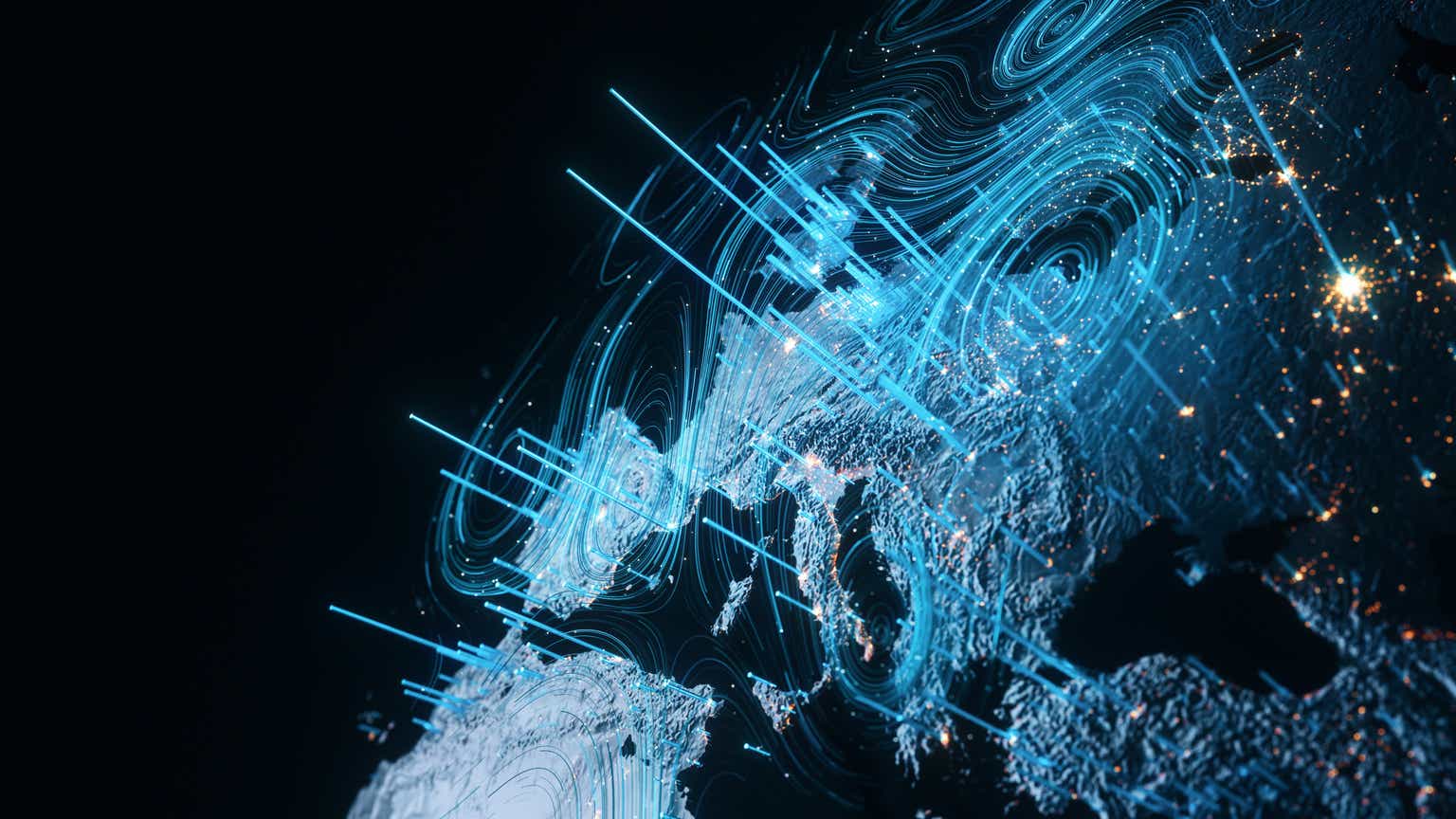On Friday, Microsoft began offering a sneak peek of its Recall feature, which has been dubbed a “photographic memory search” tool, to users of select Copilot+ PCs. However, the early version has its quirks, as I’ve discovered during some initial testing.
This innovation has been in the pipeline for quite some time. Microsoft initially announced Recall back in May, highlighting it as a key feature tailored for its top-notch Copilot+ PCs equipped with the Windows 11 operating system—think of devices like the latest Surface Pro. The idea behind Recall is quite intriguing: it employs AI to capture screenshots of whatever is displayed on your screen as you work, allowing you to search for specific words or objects in images you’ve previously encountered using keywords.
Yet, the journey hasn’t been entirely smooth, as cybersecurity experts quickly raised concerns about potential privacy risks. This feedback prompted Microsoft to go back to the drawing board, which led to encrypting the database underpinning Recall and ensuring the feature is disabled by default. By August, it was announced that Recall would be ready for testers in October.
Now, the feature is accessible to a select group of Copilot+ users. If you happen to own a computer powered by Qualcomm Snapdragon chips with AI capabilities, you can download a build featuring Recall. However, to qualify, your PC must be enrolled in the Windows Insider Program’s dev channel. Unfortunately, those using Copilot+ PCs with AMD or Intel chips will have to wait for now.
Microsoft often releases software previews like this to gather feedback and iron out any wrinkles before a full launch. There are known compatibility issues with some accessibility programs, and Recall might inadvertently save content from certain websites, even if instructed not to, when using the Edge browser, as disclosed in a blog post.
But that’s not the whole story—there are additional hiccups. For example, though you might assume Recall captures every single thing you view after enabling it, there can be several minutes between snapshots, leaving noticeable gaps. While Recall lets you block screenshots from specific apps, I found that not all apps appeared in the list on my Surface Pro. When searching for keywords, results were sometimes incomplete or inaccurate. Even though Recall had two screenshots with the word “Yankees,” it only returned one result when I searched for it. Similarly, while my last name appeared in eight screenshots, only two were indexed correctly.
An interesting test was conducted when Recall captured a screenshot of a New York street scene while I was scrolling through social media. Despite several objects in the image like a stoplight and street signs, searching for related terms yielded no results. Surprisingly, when I entered “one way,” Recall correctly identified the screenshot.
The search function itself operates swiftly, but scrolling through the snapshots can be a slow process. It takes a couple of seconds to move from one screenshot to another.
We reached out to Microsoft for comments on the feature, but they’ve remained silent so far. Despite these early challenges, Recall shows promise and can be quite useful when it works effectively, offering a convenient way to return to the app or website viewed at the time of capturing an image.
Catch the latest on this topic: Microsoft plans to deliver the Windows Recall AI search feature to testers this October.
















